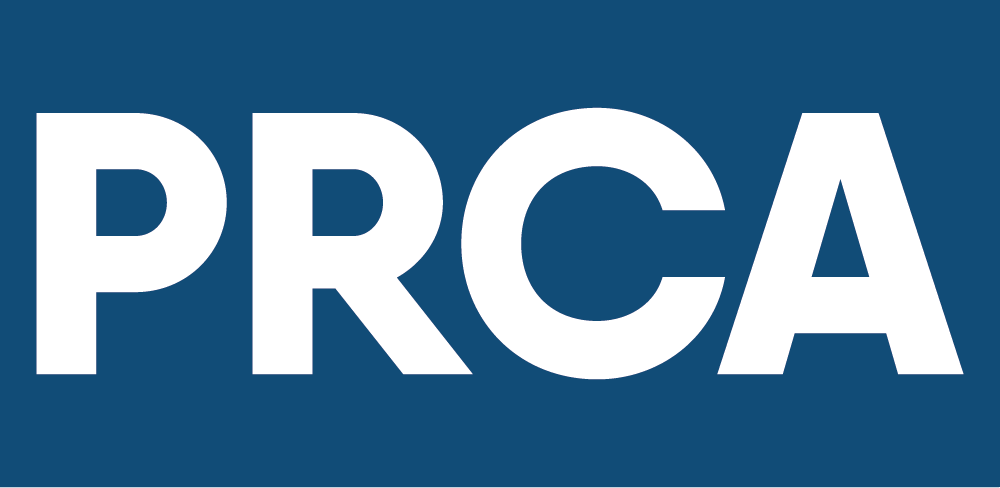Welcome to the PRCA website.
We’re adding new content and features regularly, including a new portal for members, and much more. Stay tuned!
Bridging the Gap: How Brands Can Address Women's Health Inequalities
Women face significant health disparities at every stage of life, from adolescence to old age. These inequalities extend beyond access to care, rooted in systemic issues that demand immediate attention from healthcare companies and society. While providing healthcare services is crucial, brands must engage in broader social good initiatives to address the underlying causes of these health inequalities. Committing to equitable care and targeted support, healthcare companies can help bridge the gap in women’s health and ensure all women can lead healthier lives.
The Disparities in Women’s Health: Understanding the Gaps and Implications
Health inequalities throughout a woman's life manifest at every stage with alarming consistency. From adolescence, girls show lower physical activity levels (45% compared to 51% of boys), a pattern that continues into adulthood where 39% of women don't get enough physical activity for full health benefits, versus 34% of men.[1] This gender gap is magnified when viewed through an intersectional lens: Black (42%) and Asian (43%) children, as well as those from less affluent families (45%), have notably lower activity levels than their peers, creating compounded disadvantages for girls in these groups and deepening health inequities that persist across the lifespan.1
When seeking medical care, women face contradictory treatment biases: a cohort study found women with acute nontraumatic abdominal pain were 13-25% less likely to receive pain relief medication despite identical pain scores, yet paradoxically, between 2017-2021, women in England were 59% more likely to be prescribed powerful anti-anxiety medicines, that come with a severe safety warning. [2],[3]
The knowledge gap is perpetuated by clinical trials where women represent only 22% of participants, with pregnant and lactating women routinely excluded even in post market phases.[4] This creates significant challenges for physicians treating these populations.
When it comes to menopause, 1 in 3 women aged 45-54 receive incorrect diagnoses before identifying menopausal symptoms.[5] Throughout their lives, women wait an average of 4 years longer for accurate diagnoses across 700 different diseases, all while often shouldering disproportionate caregiving responsibilities.[6]
The implications of these disparities are severe, leading to poorer health outcomes, reduced quality of life, and perpetuating existing health inequities. Without significant intervention from healthcare companies and social initiatives, these gaps will continue to widen.
The Social Impact of Addressing Women’s Health Inequalities
Healthcare companies have a crucial role in driving social impact to address these disparities. Research indicates that 90% of healthcare professionals believe pharmaceutical companies need to clearly define their mission beyond medicine provision, and 89% acknowledge a moral obligation to engage with social issues.[7] However, corporate involvement must be authentic - 50% of respondents believe brands taking stands on societal issues are primarily motivated by profit.7
At WE Communications and Hopscotch, we have extensive experience delivering authentic social value, which is at the core of corporate communications in health. Our Path to Impact approach delivers meaningful results and provides a fully integrated social impact offer that leaves no room for empty purpose washing.
Responsibility for change
Healthcare companies and social impact initiatives are crucial in addressing the health inequalities women face throughout their lives. Healthcare companies must take responsibility for promoting women’s health equity, collaborating to ensure that all women have access to the care and support they need to lead healthy, fulfilling lives.
To learn more about how to communicate your social values effectively or to find out more about our Path to Impact, contact esgreen@we-worldwide.com and jenny@hopscotchconsulting.co.uk
[1] https://www.sportengland.org/news-and-inspiration/childrens-activity-lev...
[2] https://pubmed.ncbi.nlm.nih.gov/18439195/
[3] https://www.independent.co.uk/news/uk/home-news/benzodiazepines-more-wom...
[4] https://pubmed.ncbi.nlm.nih.gov/29293280/
[5] https://pubmed.ncbi.nlm.nih.gov/36533635/
[6] https://www.nature.com/articles/s41467-019-08475-9
[7] https://www.we-worldwide.com/media/k02kcyrr/we-brands-in-motion-2023-hea...
